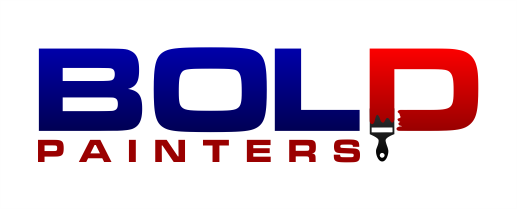Many homes in the Washington DC area use drywalling as an inexpensive and effective indoor walling solution. Drywalling is also easier to handle, quicker to install and less messy than traditional brick and mortar walling. Unfortunately, drywalling is vulnerable to impact breakage and susceptible to water damage because of its porous plaster and paper make up. Luckily this damage often requires only patching, sanding or stain removal, but in more extreme cases, large sections of drywall may need to be replaced by a professional home improvement company. Here we’ll take a look at how to tell if your drywall needs more than just a patch up.
Holes
Small holes and medium sized holes can be patched up, although the patchwork will almost always remain slightly visible. Where this kind of irregularity is unwanted, the panel will require replacing. In cases where the hole or multiple holes affect the structural integrity of the plasterboard, patching is unfortunately no longer an option.
Water damage
Not all water damage will require replacing drywall panels. Depending on how large an area the damage covers, and also how extensive the damage is, the drywall may simply be dried out and repainted. Discoloration of the panel may indicate a leak or source of moisture that needs to be attended to, but is not cause for concern in and of itself. If the leak is caught early enough, the drywall can be saved. Significant damage is made evident by visible bulging, crumbling and in extreme cases, collapsing of the drywall. Because water damage generally affects a large area, replacing the damaged drywall will almost certainly be necessary if the damage is extensive.
Cracks
Cracks are a good indication of a misplaced seam. Again, while they may be patched over, this does not solve the underlying structural problem. This kind of cracking frequently happens when a seam is placed above the corner of a window or door. This creates a weakpoint that becomes vulnerable to the expansion of the frame and even the opening and closing of the door or window. To truly solve this issue, the problematic sections of drywalling will need to be removed and replaced in such a way that the force from the frame is properly dispersed - a task often best left to the professionals.
Splinters
Because drywall is composed of plaster and paper, splintering is not common. However where plywood panels have been used as a substitute, splintering along edges and joins can be a sign of significant damage taking hold. This damage can be caused by settling, water damage or rot. It can also simply indicate ageing materials. Ideally, when this sort of damage takes place, older and substitute forms of drywall should be replaced with something more dependable. Also bear in mind that patching of plywood panels is not recommended. In the case of basement walls, a mold resistant drywall would be necessary.
Bumps and bulges
Bumps and bulges can be an indication of swelling caused by water damage or exposure to excess humidity. As previously mentioned, water damage is normally accompanied by discoloration. If no discoloration is present, the bump or bulge may have a range of causes from untidy patchwork to the house settling. Reworking unsightly patchwork is not recommended and so replacing the panel will be necessary.
If you're repainting after fixing up your drywall, make sure to check out the top painting trends for your Washington DC home.


